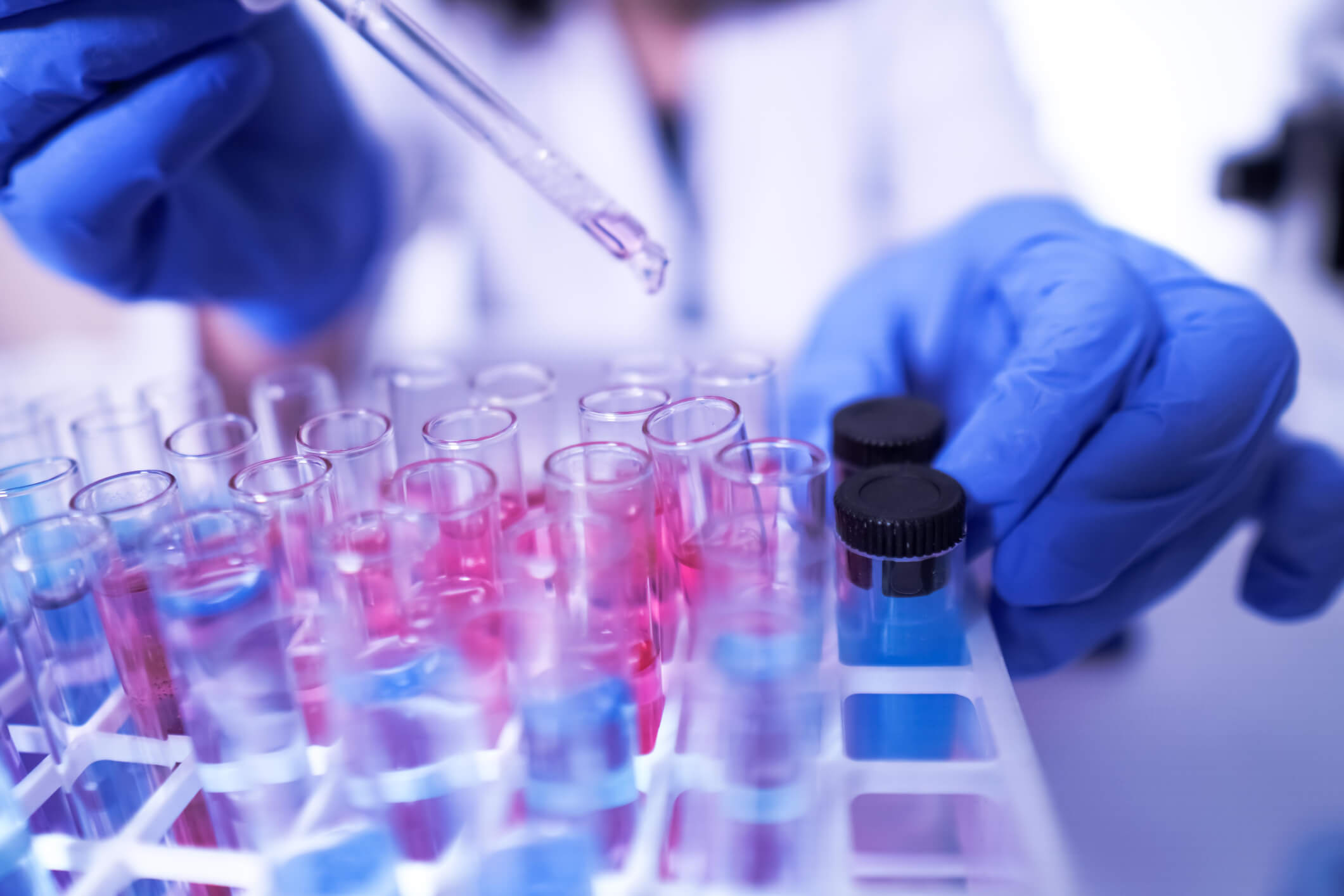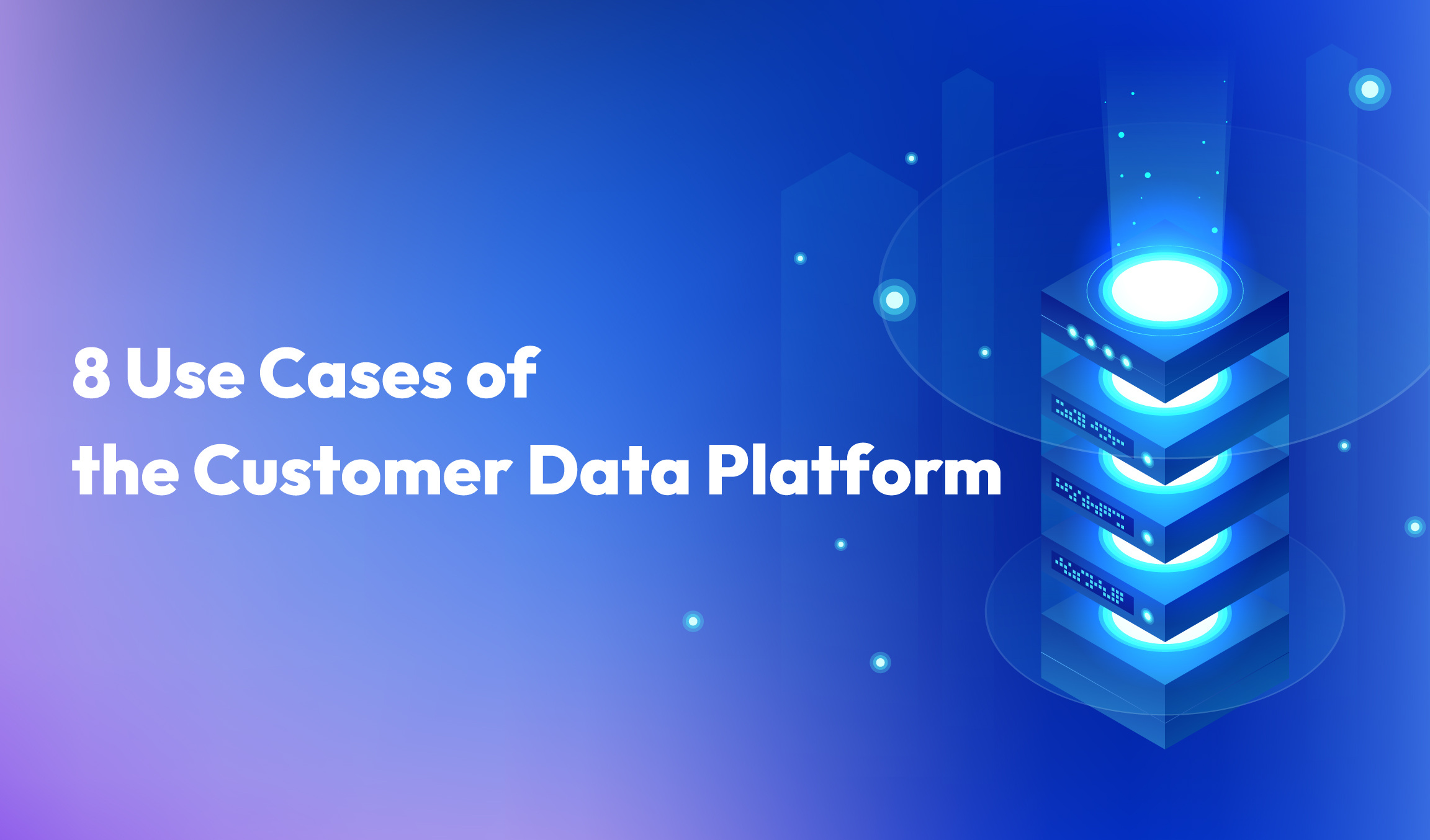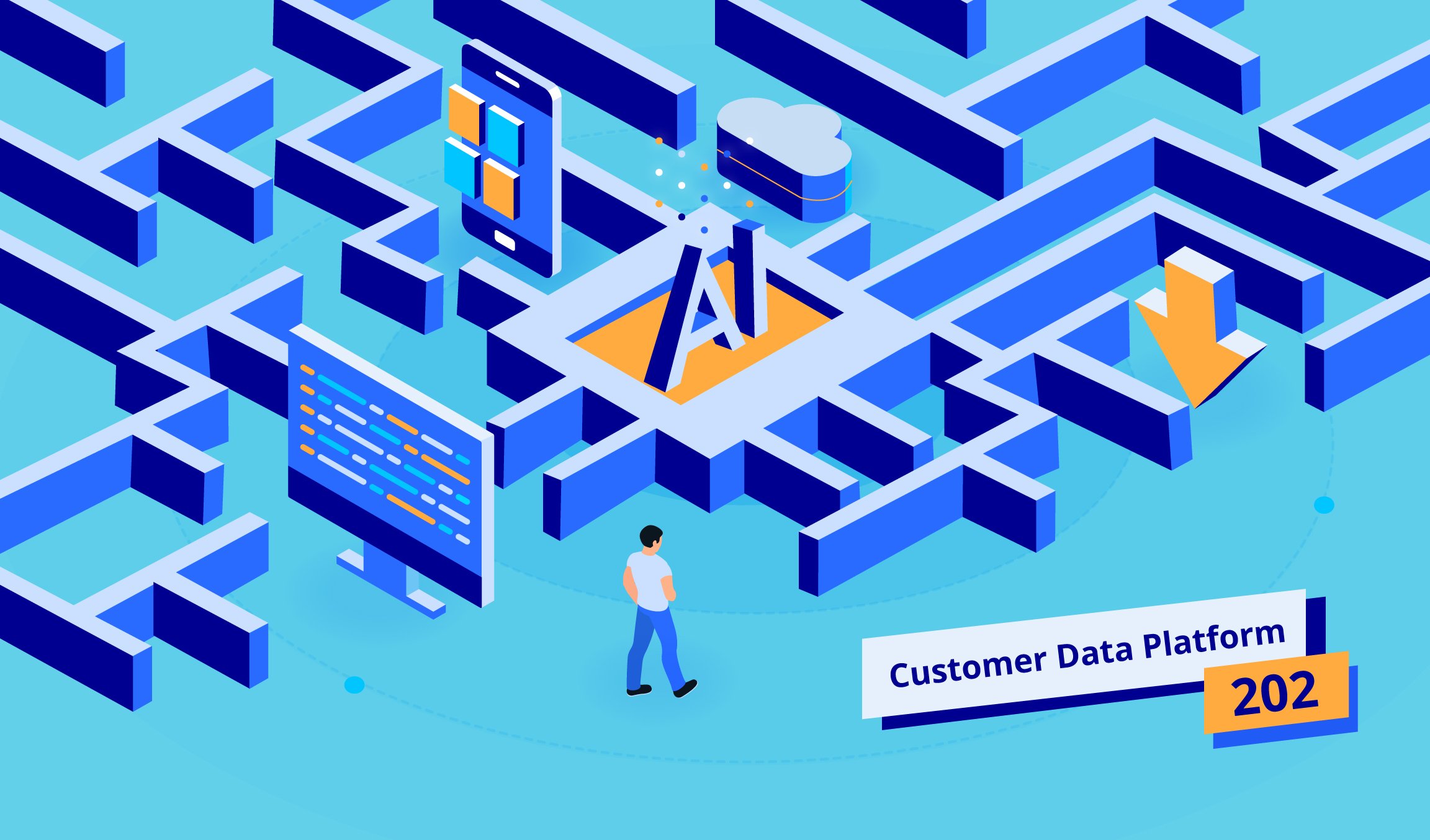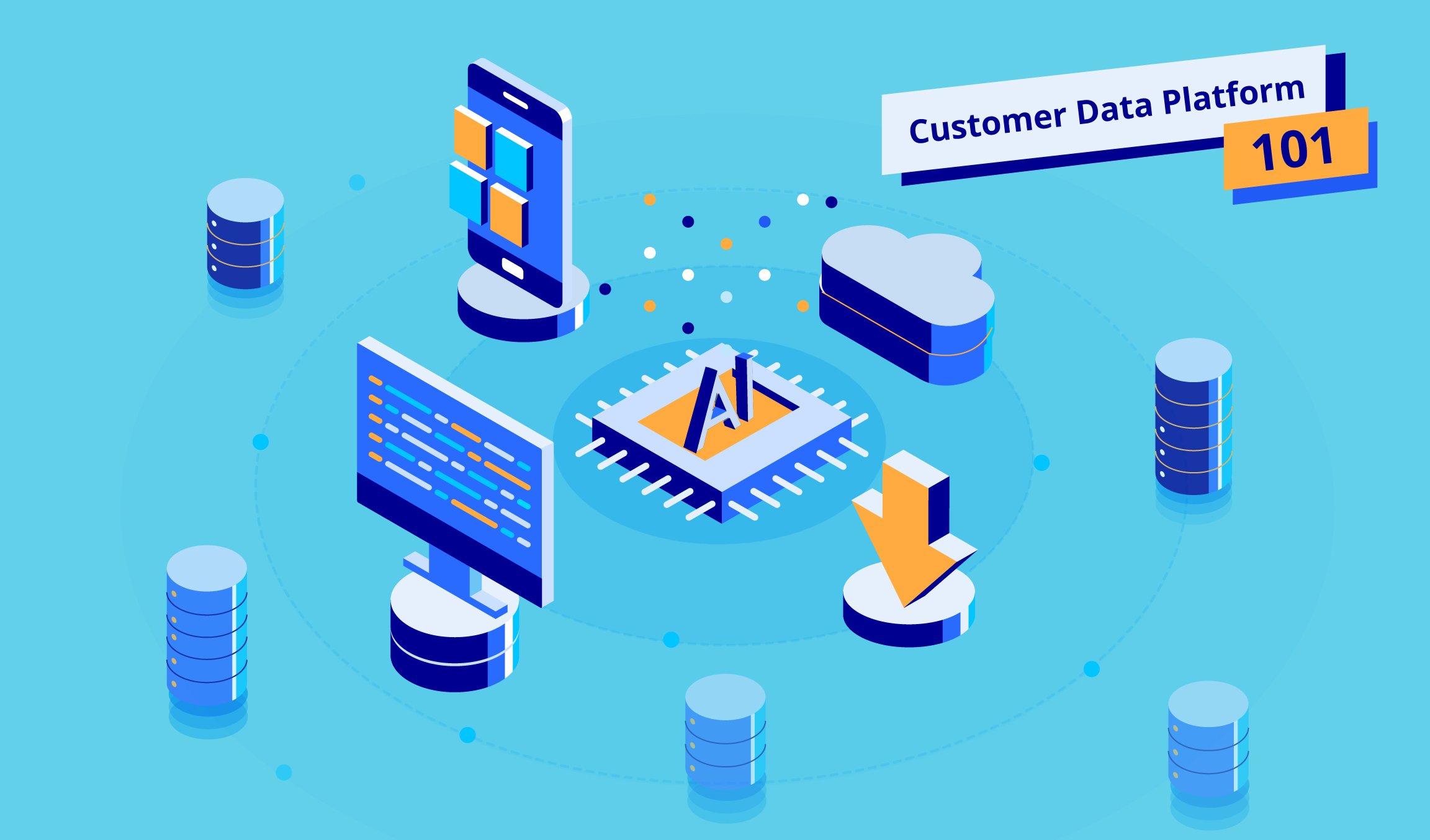7 min read
Medical science has always been data rich. For centuries, scientists have collected data through experiments, longitudinal studies, research and even day-to-day activities such as taking case notes after meeting with a patient. However, the COVID-19 pandemic has seriously altered the game.
While even the biggest medical research programs have dealt with hundreds of thousands of cases, the pandemic affects billions of people. With so much data from many different sources flying in, artificial intelligence, or AI, is being used to help combat this virus.
Using AI to Make Data-Driven Decisions
Data scientists have been primarily focused on four key issues when trying to interpret page sets of data: volume, velocity, variety and veracity. These ‘four Vs’ are a significant challenge. With COVID-19, data is coming in from all over the world, at different times, from many sources and from systems with varying degrees of certification and accuracy.
In December 2019, an artificial intelligence platform called BlueDot, which scans data from hundreds of sources, detected a cluster of pneumonia-like illnesses in Wuhan, China. Today, almost everyone knows this was ground zero for the coronavirus pandemic. Without BlueDot, it may have taken weeks longer for the world to become aware of this highly infectious virus. The platform was also able to understand travel patterns and people’s movements, and give early researchers the ability to know how the contagion would spread.
Researchers and practicing physicians trying to learn more about the coronavirus and how to treat the resultant COVID-19 disease are now inundated with information. AI can help them sift through that information in order to find the most pertinent information to help them make better and faster decisions. The Covid-19 Open Research Dataset contains a growing library of over 24,000 papers that helps doctors and scientists find the articles that are most helpful to them.
Appier Chief AI Scientist, Min Sun, says the volume of data in front of health professionals is immense. “We have electronic health records, including a medical history and laboratory test results for each patient. And we also have a huge amount of medical image data including x-rays, CT scans and MRI scans. In hospitals doctors are relying on all this data to make critical diagnosis decisions and also treatment decisions,” he explains.
AI-powered tools, such as AliveCor and CLEW, are being used to detect the signals that preempt cardiac arrest and respiratory deterioration respectively. This means that lives, which might be lost to COVID-19, can potentially be saved.
Innovative Usage of AI to Flatten the Curve
Making a quick diagnosis is critical to counter the spread of the novel coronavirus. While humans can collect data, they are limited in how fast they can interpret it. In China, a smart image-reading system, called Ping An Smart Healthcare, uses AI to analyze multiple CT scan images of the same patient and measure the changes in lesions. It has been used to conduct hundreds of thousands of screenings far faster and with greater consistency than human operators. As a result, hundreds of potential cases were detected quickly, helping stem the spread of the virus.
Chinese technology company Alibaba has developed an AI system for detecting coronavirus from chest CT scans. It has a 96 percent accuracy level and can complete a diagnosis in 20 seconds, whereas human experts require about 15 minutes. The system, powered by deep learning algorithms, is able to differentiate between COVID-19 and viral pneumonia.
AI is also being applied to other types of imaging. For example, scanners deployed at airports can quickly detect if someone has a fever so they can be more thoroughly screened before entering the community.
Sun says, “We can use AI to help flatten the curve, prevent the disease from spreading, and enable high-throughput diagnostics. This is very important because good prevention and diagnosis could help avoid skyrocketing cases that overwhelm our healthcare system. For COVID-19 the most important question is related to resource allocation to identify who are the people that we should test and quarantine first.”
This, added Sun, will help with the allocation of medical supplies and expertise so hotspots can be addressed before they spread. And geospatial data can also be made publicly available so citizens can avoid areas with high infection rates.
In Taiwan, data collected by the government was used to identify cruise ship passengers who were potentially infected. Then, by using geospatial data from telecommunications companies, potential high-risk areas were made public.
“So, in the future if things become worse, we should really consider using AI to build a predictive model combining the geospatial data as well as health records so that we can proactively test and quarantine citizens as well as allocate resources to the right region,” recommends Sun.
“We have the technology to collect the data and the right AI technology to prioritize our health and medical resources,” he adds. “Now we need government permission to build privacy preserved systems with innovative ideas.”
How to Cure and Prevent the Next Plague
While detection and diagnosis are critical to controlling, and perhaps even halting, the spread of COVID-19, finding a cure and vaccine are also critical. With so many scientists around the globe are working on these challenges, there is a vast array of data being produced at an accelerated pace.
AI is helping researchers scour thousands of research papers, both new and old, in order to uncover clues that will lead to finding a cure and vaccine – a challenging task given humans have never successfully produced a vaccine for any coronavirus-based disease before.
A major part of creating a cure is understanding the structures of the proteins that make up this pathogen and how they interact under different conditions. Systems such as Google’s AlphaFold and others are being used to help researchers around the world.
“We need to know the protein 3D structure in order to design drugs to neutralize the protein structure,” says Sun. “Once we have this 3D form, we can use AI in simulation to identify possible compounds to treat the disease. IBM has already used their supercomputer, Summit, to identify 77 most likely candidate compounds to be tested.”
In the past, this was a painstaking and time-consuming activity. However, AI can be used to model three-dimensional protein structures and conduct virtual experiments faster than traditional laboratory experiments. Speed is critical. Sun explains that as the novel coronavirus that causes COVID-19 is an RNA-based, not DNA-based virus and therefore it can mutate quickly. Already, researchers have detected eight different strains of the novel coronavirus. AI can help track and predict the trend of these mutations – an important consideration for treating the disease and eventually developing a vaccine.
The 3D models and treatment candidates identified by these different AI tools still need to be validated through further experiments and clinical trials, but the time taken to reach this stage has been massively accelerated through the use of AI.
“Monitoring the mutation can help pharmaceutical companies to better identify the right target to develop a drug,” says Sun. “But if existing drugs don’t work, then we are facing the step of discovering less well-known molecules, testing in a lab with human trials as well as figuring out how to mass manufacture those new molecules or compounds.”
This is why the Bill and Melinda Gates Foundation has committed US$100M to setting up seven factories so that multiple potential solutions can be manufactured and tested at scale.
Sun warns against being too optimistic when we hear about potential cures and vaccines, but we also shouldn’t be too pessimistic because, compared to 10 years ago, we have better technology, including AI to speed up the discovery process.
He believes the first team to find the treatments for COVID-19 will definitely win a Nobel Prize and to do this the winning team will leverage AI very efficiently.
* Read our recent blog article ‘ 7 Things to Help Brands Manage the Coronavirus Crisis ’, and learn more about how technology can help brands lead through uncertain times.



